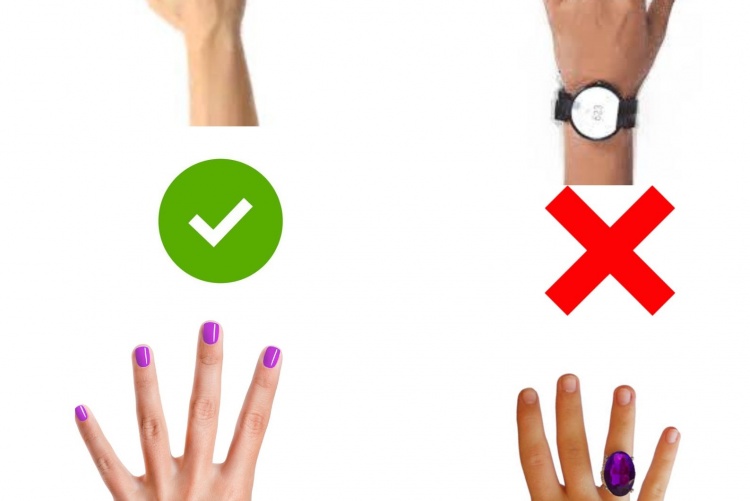Covid-19 pandemic will sooner or later be controlled but it is anticipated to become endemic in some parts of the world. The infection prevention and control measures which have been instituted should therefore not be abandoned. Hand hygiene, social distancing, wearing of face masks and respiratory hygiene should remain key measures. Those who can work effectively from home should continue doing so and vulnerable groups should be encouraged to limit their movements as much as possible. Health Care Workers (HCWs) have to be extra cautious as they are at risk of not only acquiring infection from patients but they can also transmit infection from one patient to another. Studies have shown that healthcare workers get contaminated with disease causing pathogens in the course of their work. It is important therefore to evaluate existing infection prevention measures within healthcare facilities and brainstorm or strategize on how to enhance them.
Standard precautions for Health Care Workers and healthcare facilities include: Hand hygiene, Use of appropriate Personal Protective Equipment (PPE), Respiratory hygiene (cough/sneeze etiquette), Sharps safety, Aseptic technique during procedures, Sterilization of linen and equipment, Cleaning and Disinfection of the environment. In addition to these standard requirements, the Department for Health of the United Kingdom (UK) provides additional infection prevention guidelines through the ‘Bare Below Elbow’ (BBE) policy but there is as yet no good evidence for it. This policy is also applied in Australia and United States and it is geared towards improving the effectiveness of hand hygiene. The policy is based on scientific sense as evidence for its promotion as a formal policy is still developing mainly due to study design challenges. It stipulates grooming and dress code for Health Care Workers having direct contact with a patient or a patient’s environment and it serves to complement effective hand hygiene. The policy advocates for short nails with no nail polish, minimal jewelry and avoidance of long sleeves.
Doctors and nurses in some private hospitals in Kenya are already routinely using scrubs in place of traditional work attire and perhaps all health facilities should now consider it as part of infection prevention in the wake of covid-19. Certainly wearing of ties, name tags on lanyards and long sleeved shirts, blouses or coats are possible health hazards. Development of dress codes or inclusion of dress codes in infection control protocols with the aim of controlling transmission of disease is therefore a reasonable intervention.
Health institutions usually have infection control teams/units, their own infection prevention protocols and in some countries such as UK regulatory bodies have policies or guidelines such as the ‘Bare Below Elbow’ policy from which ideas can be borrowed or copied. We need to think along these lines in Kenya in an effort to keep patients and staff safe not only from Covid-19 but other infections. The regulatory bodies or institutions should come up with infection control dress codes or guidelines for work places.
Written by: Dr. Joseph Kimani Wanjeri
https://profiles.uonbi.ac.ke/josephwanjeri/
Lecturer UoN Dept of Surgery
- Log in to post comments

